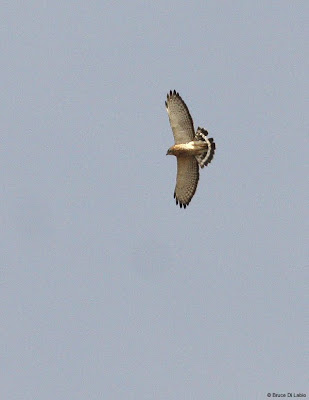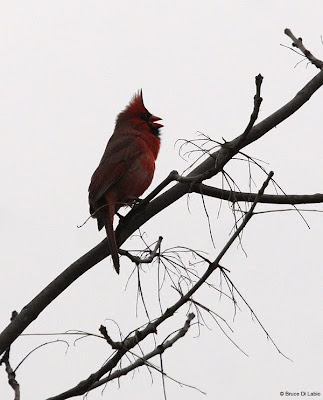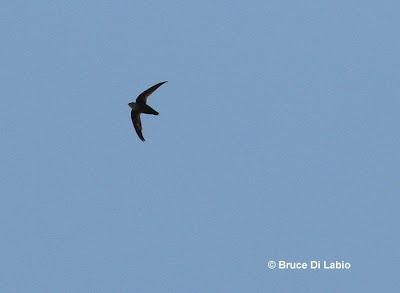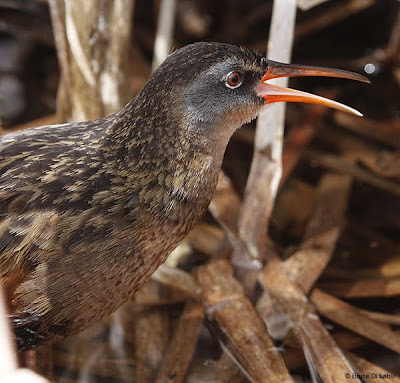Hello Everyone
Spent the morning birding Chaffey's Lock Road/Opinicon Rd and Canoe Lake Rd. A number of new arrivals were noted including 1 Solitary Sandpiper, 1 Eastern Kingbird, 1 Great Crested Flycatcher, 3 Warbling Vireo, 1 Wood Thrush, 4 Northern Waterthrush, 1 Common Yellowthroat, 8 Pine Warbler, 7 Black & White Warbler, 1 Nashville Warbler, and 20+ Yellow-rumped Warbler. A small flight of 50+ Broad-winged Hawk, 1 ad. Bald Eagle, 1 Cooper's, 1 Sharp-shinned, 1 Northern Harrier and a couple of Osprey were also observed along with 6 Red-shouldered Hawk. On the Canoe Lake Road we observed 3 Louisiana Waterthrush singing, 5 Black-thr. Green Warbler and a small number of Yellow-rumped Warblers.
Good birding, Bruce
Directions to Opinicon Road (Courtsery M. Conboy): From Kingston: Go north on Division Street/Perth Road/County Road 10 to just past Perth Road Village. Turn east (right) on Opinicon Road. From Ottawa: Go west on Highway 417 to Highway 7. At Carleton Place turn south (left) on Highway 15. Follow Highway 15 for about 60 km through Smith's Falls and all the way to Chaffey's Lock Road (name changes to Opinicon Road west of Chaffey's Lock). The best birding is between Chaffey's Lock and Perth Road. Queen's University Biological Station (main operations centre; emergency address 280) is located at the end of Queen's University Road, 2 km west of Chaffey's Lock.
Note: Visitors are welcome at Queen's Univsersity Biological Station throughout the year. In order to avoid distrubing ongoing avain research projects we ask that birders contact Mark Andrew Conboy by email (mconboy@lakeheadu.ca) if they plan to visit the station proper and its properties.






















































